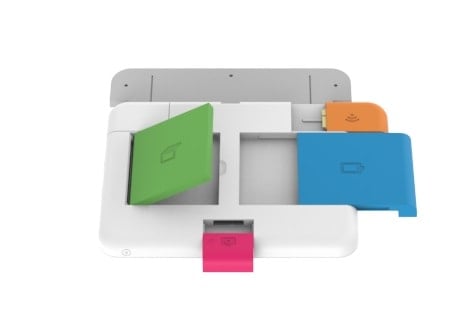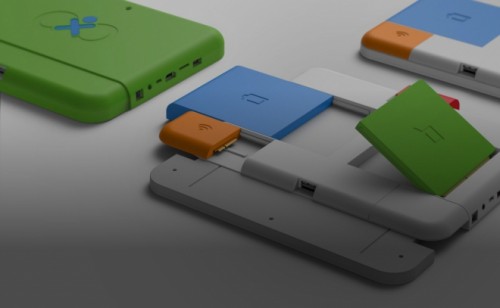 Ask any of its hardcore users and they will tell you that Twitter is defined by its limits. The hard limit of 140 characters forces users to convey their argument as concisely as possible.
Ask any of its hardcore users and they will tell you that Twitter is defined by its limits. The hard limit of 140 characters forces users to convey their argument as concisely as possible.
But according to re/code, that is going to change:
Twitter is building a new feature that will allow users to tweet things longer than the traditional 140-character limit, and the company is targeting a launch date toward the end of Q1, according to multiple sources familiar with the company’s plans. Twitter is currently considering a 10,000 character limit, according to these sources. That’s the same character limit the company uses for its Direct Messages product, so it isn’t a complete surprise.
There is no official launch date set in stone, these sources say. It’s also possible the character limit could fluctuate before it rolls out the final product, which people inside Twitter refer to as “Beyond 140.” Re/code first reported that Twitter was building a product like this back in September. A Twitter spokesperson declined to comment.
I know that the idea of a ten thousand character tweet sounds terrible; as TechCrunch showed, it’s longer than the average blog post.
But before we get into the yelling and vowing to flee to Facebook, let’s take a look at what Twitter CEO Jack Dorsey had to say. After the news broke yesterday, Dorsey tweeted a screensnap which explained why the change is a good idea. This screensnap is also an example of the problem Twitter is trying to fix, and it gives us clues about Twitter’s goals:
Tell me, did you have trouble reading the screensnap, perhaps because the text is too small or not in your language?
That is a problem I frequently have when reading screensnaps on Twitter, and I think it is the problem that Twitter is trying to solve with the 10k character limit.
If you don’t see the connection, then let’s consider the possibility that re/code got the story only half right, and that Twitter is not planning to switch to a 10k character limit on tweets.
 What if Twitter is instead considering giving you the option of tweeting a 140-char tweet with a long text note attached, say 10,000 characters?
What if Twitter is instead considering giving you the option of tweeting a 140-char tweet with a long text note attached, say 10,000 characters?
That would make more sense for Twitter, it would fix the screensnap issue, and it would also explain Twitter’s participation in Google’s Accelerated Mobile Pages project (hat tip to Wolfgang Blau for giving me the idea).
Google launched the project with the goal of delivering web articles faster on mobile, but what if Twitter’s interest stemmed from an interest in delivering a 10k-char attachment quickly?
Web publishers could use it to share an entire article (as Mathew Ingram points out at Fortune), but Twitterati could also use it to share the text they currently put into a screensnap (they also use Twitlonger, but screensnaps are more common).
That would be an improvement over screensnaps in terms of accessibility, search, and just about any other metric.
It would also improve discussions on Twitter. As Ben Thompson reminded us this morning, people don’t click links. So embedding a supporting argument as an attachment means that it is more likely to be read.
Edit: Also, this would no longer be a problem:
https://twitter.com/elliotpage/status/685060432059609089
Then again, Twitter has yet to officially confirm the news (not even to the WSJ), so all this is pure speculation.
And so I will leave you with a factoid. Twitter’s proposed new limit is not nearly as long as Facebook’s 63,206 character limit on updates, and yet the average tweet is about as long as the average update (68 characters vs 65 characters).
So even when people have the option of posting longer updates, they’re generally not using it.
image by Johan Larsson, tashmahal

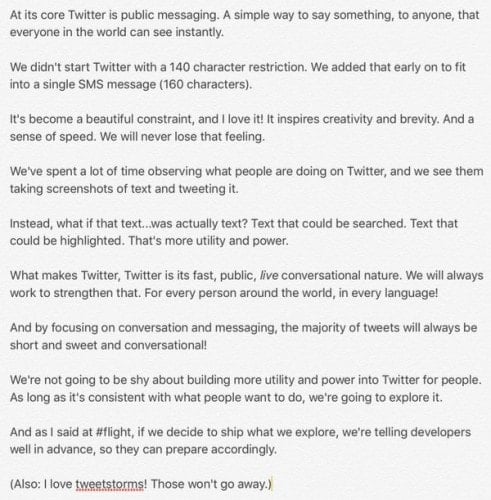
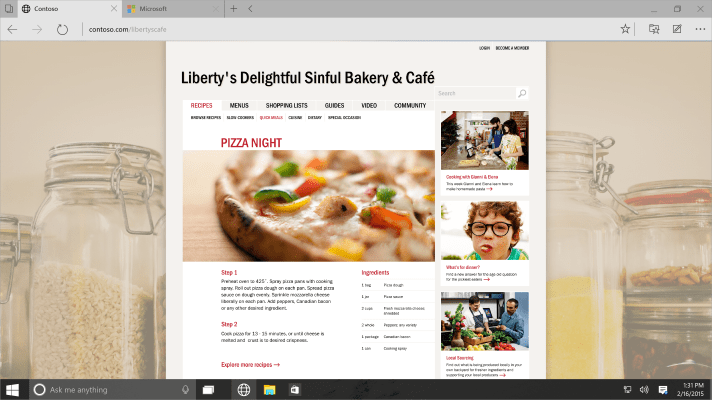
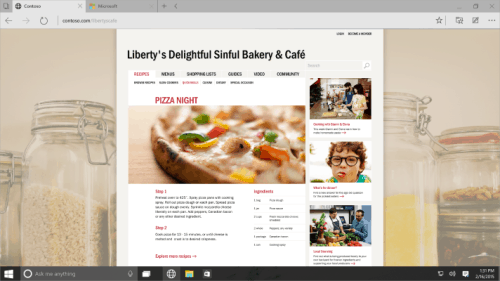

![apple-watch-2[1]](https://the-digital-reader.com/wp-content/uploads/2015/02/apple-watch-21-250x144.jpg) If you’ve been getting the impression that the hype surrounding smartwatches is exceeding all reality, you weren’t wrong.
If you’ve been getting the impression that the hype surrounding smartwatches is exceeding all reality, you weren’t wrong.
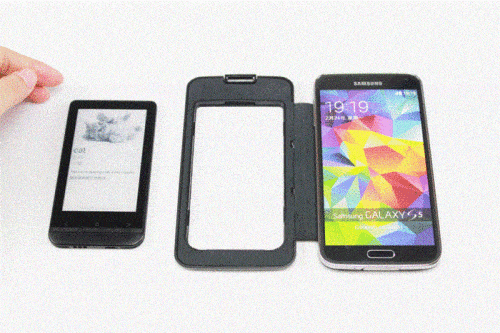

![beach2[1]](https://the-digital-reader.com/wp-content/uploads/2014/01/beach21-250x167.gif)
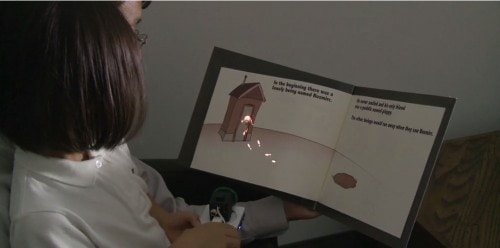
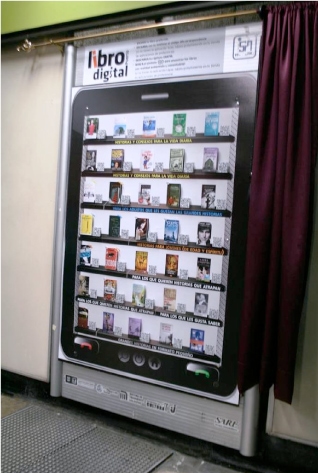
![tumblr_lspw2t5GyT1qm4u8u[1]](https://the-digital-reader.com/wp-content/uploads/2011/10/tumblr_lspw2t5GyT1qm4u8u1-200x250.png)
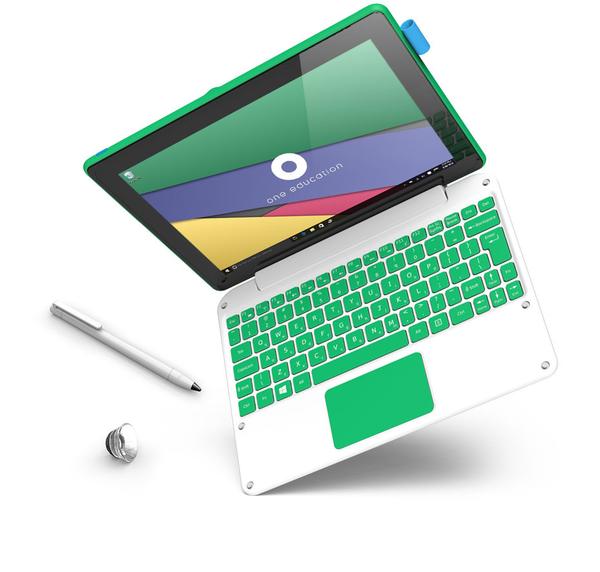
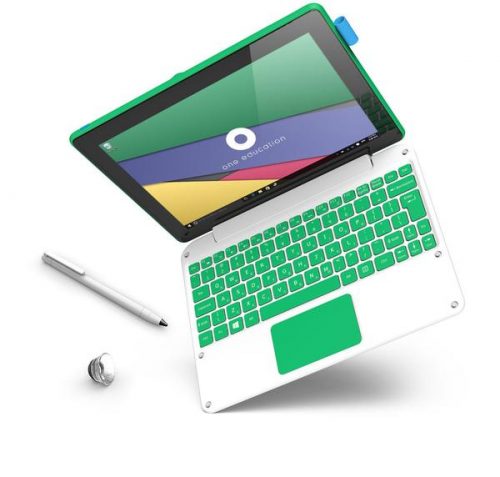


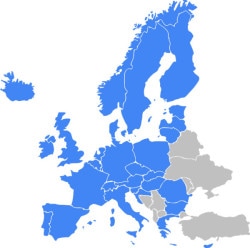 Speaking of innovation funds, this isn’t the first time Google has helped out online news publisher. In 2011 and 2013 Google launched efforts which focused on
Speaking of innovation funds, this isn’t the first time Google has helped out online news publisher. In 2011 and 2013 Google launched efforts which focused on 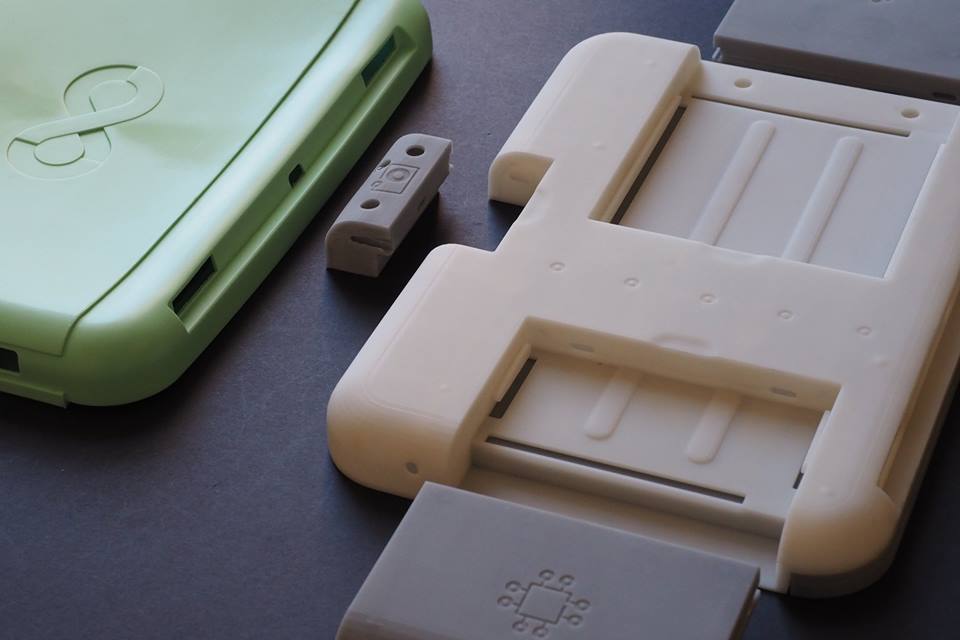

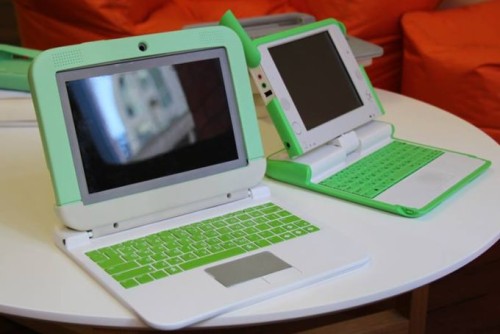


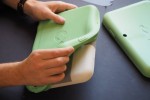



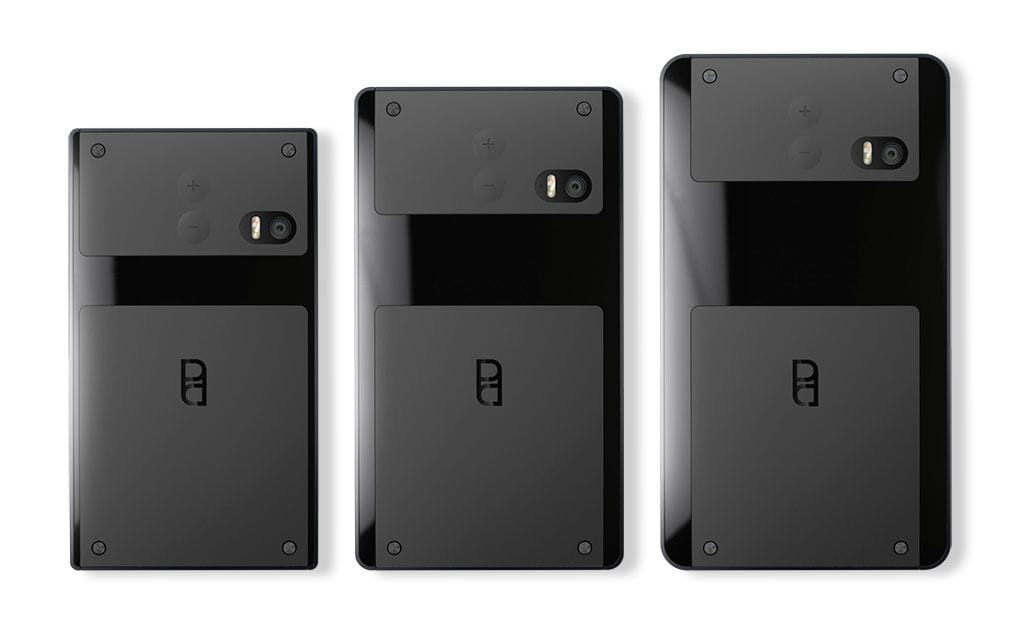
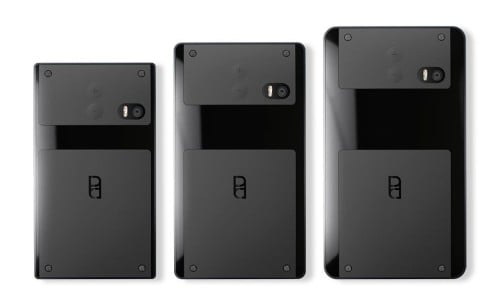
![backview[1]](https://the-digital-reader.com/wp-content/uploads/2015/03/backview1-500x140.png)
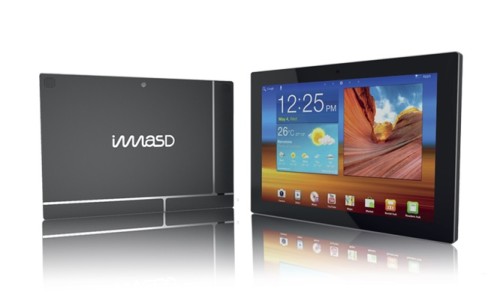
![p1ok[1]](https://the-digital-reader.com/wp-content/uploads/2015/03/p1ok1-500x331.jpg)

 Before you head over to
Before you head over to 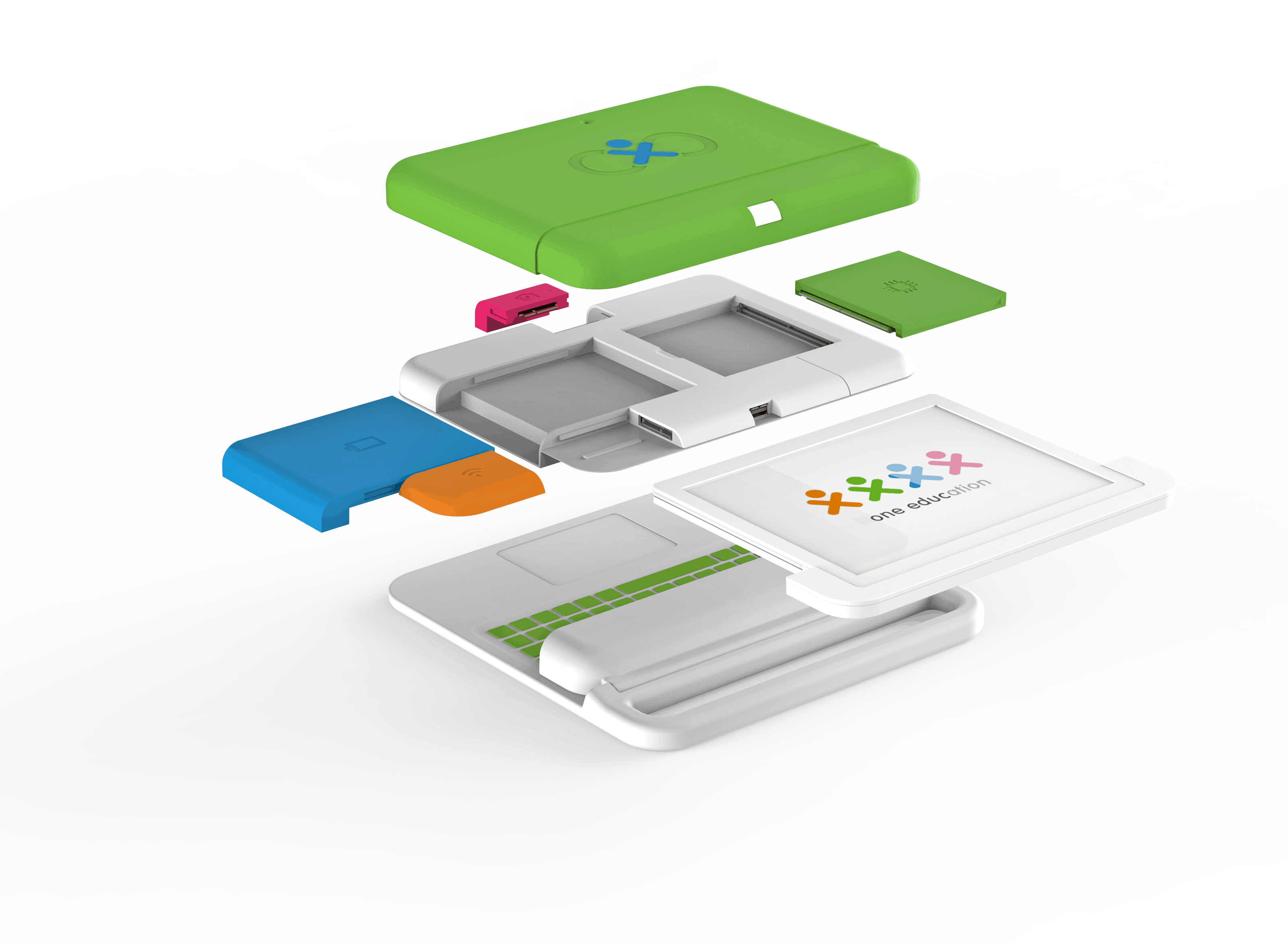
 One Education, OLPC’s partner non-profit in Australia, has been quietly working for the past year on a new educational laptop which it plans to launch in the next couple weeks (this has been confirmed).
One Education, OLPC’s partner non-profit in Australia, has been quietly working for the past year on a new educational laptop which it plans to launch in the next couple weeks (this has been confirmed).![infinity-background-2[1]](https://the-digital-reader.com/wp-content/uploads/2015/02/infinity-background-21-500x315.jpg)
